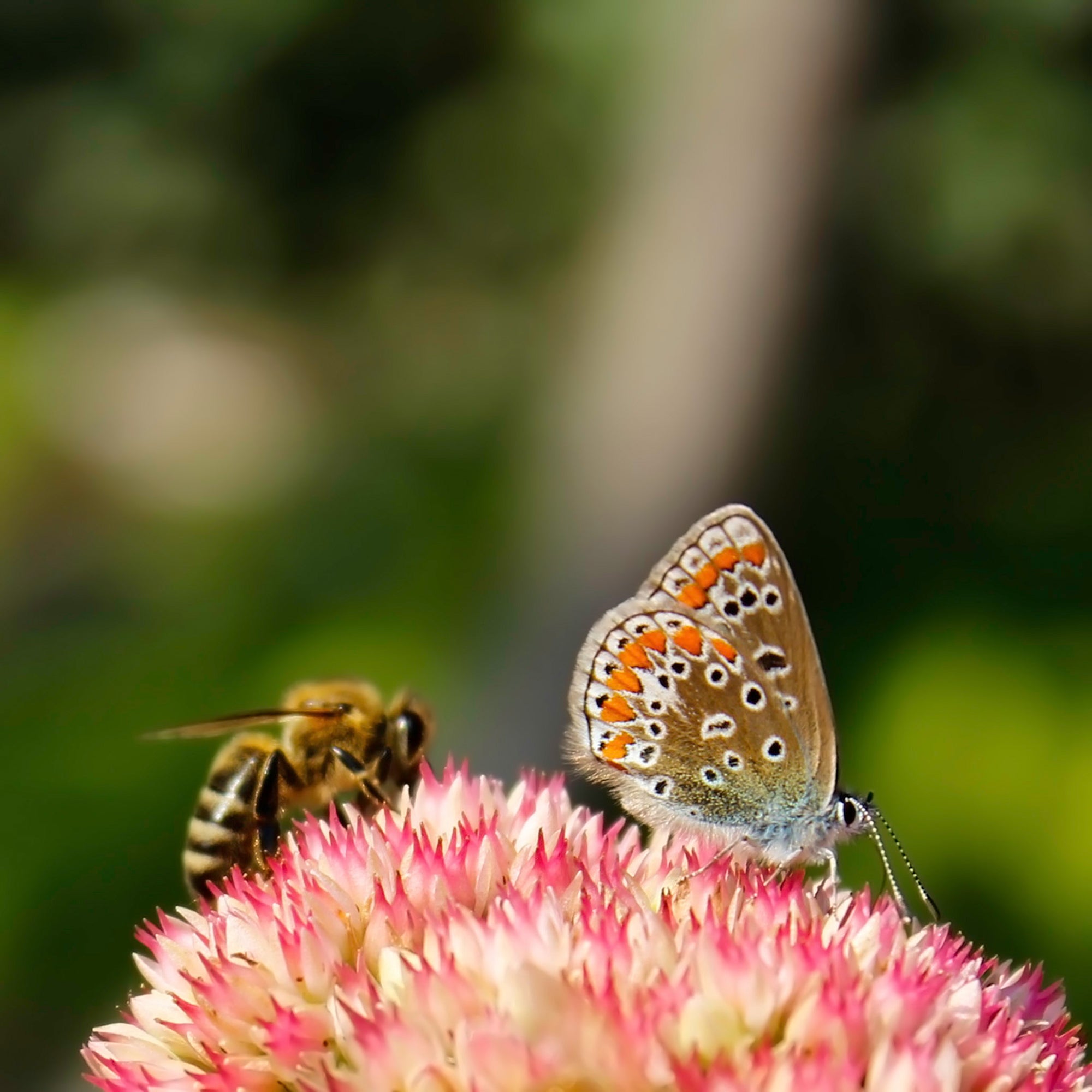
This isn’t news: pollinators like bees and butterflies (really, really) need our help. Not just because they’re great and we want them to stick around, but also because our survival depends on their survival. They do all the work of pollinating lots of the things we eat – we literally can’t live without them.
One of the more creative, colourful ways to help is to create and throw around seed bombs. Ka-blam! Super pretty, floral pollinator wonderlands.

What is a seed bomb?
It’s the best kind of bomb: a little ball of compost, soil and clay studded with seeds. You can use your bomb to ‘colonise’ bare land. The clay holds the ball together and the compost and soil nourish the seedling as it grows.
A couple of caveats.
- It’s tempting to use seeds that produce the prettiest flowers. But natives are the best, and certainly go for ones that will flourish in the areas you intend on seeding.
- They may not work. If you choose somewhere that’s just too hostile for your little seedlings, you may just be wasting your time. Choose somewhere with an environment that matches your seeds of choice – look for places that are already supporting growth, even if it’s just dandelions.
They are easy peasy to make – here’s how.
What you’ll need:
- Two parts clay (I used kaolin in this example)
- One-part good quality seedling potting mix
- A bowl
- Some water
- Hands that don’t mind getting dirty
- Seeds


What to do:
- Mix your clay and seedling mix together, adding a little water if it needs – just enough to get them to bind together.
- Grab a small handful, and make a flattish disk in your hand, like a tiny burger patty.
- Add 4-5 seeds to the middle and then roll to form a ball around the seeds.
- Let dry for 24 hours.
- Go throw your bombs of joy, for flowers and happy bees!
In a week or two, go back and see how your handiwork is growing! Ideally you’ll see a few shoots sticking up from the top of the ball and some roots beginning to work their way down into the earth below. (Ever wondered how a plant knows which way is up? Turns out they can sense gravity, called gravitaxis. So clever. Have a read here.)




